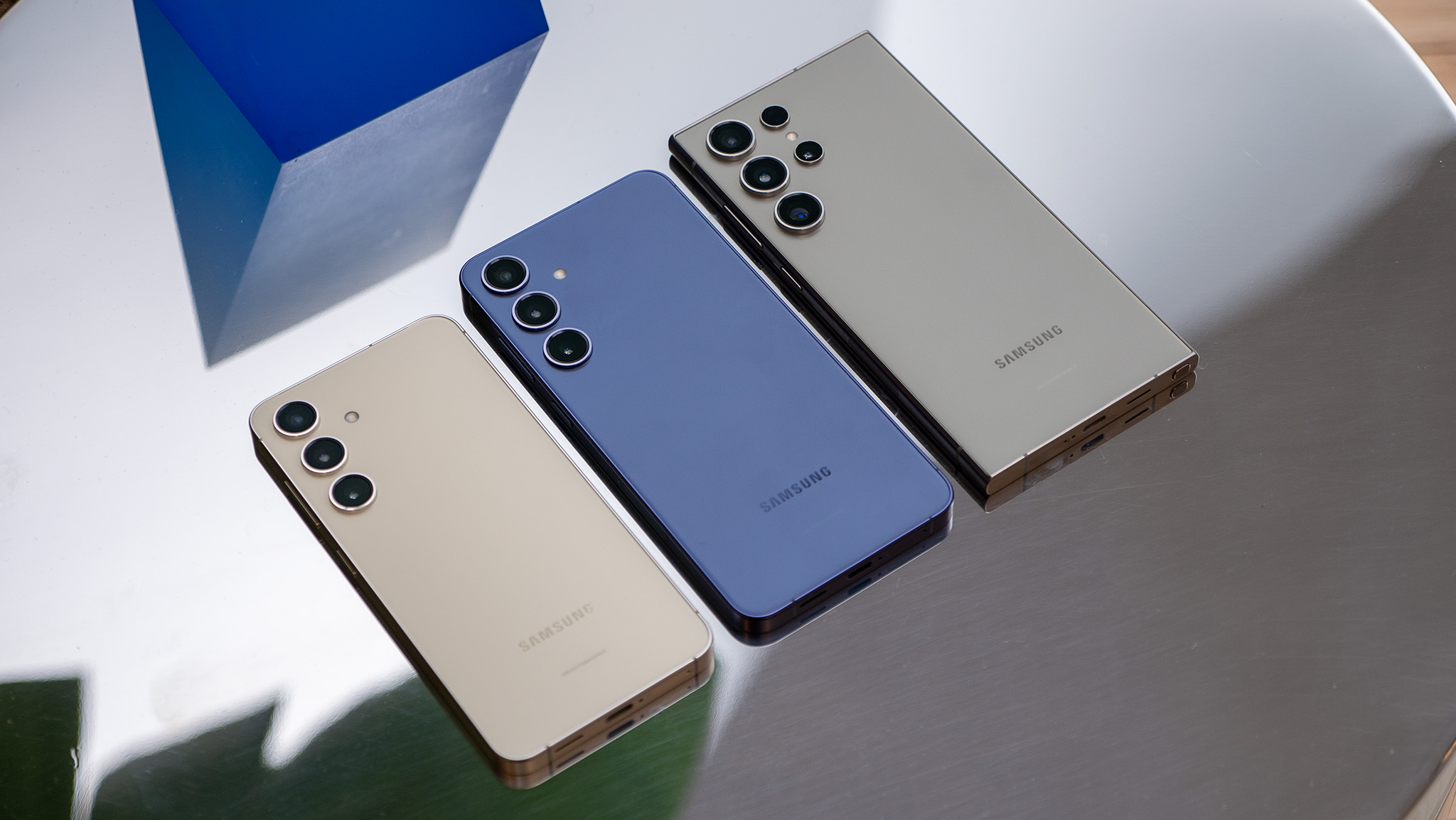Sony's PS VR2 strategy puts it at odds with Apple and Meta, and that's a good thing
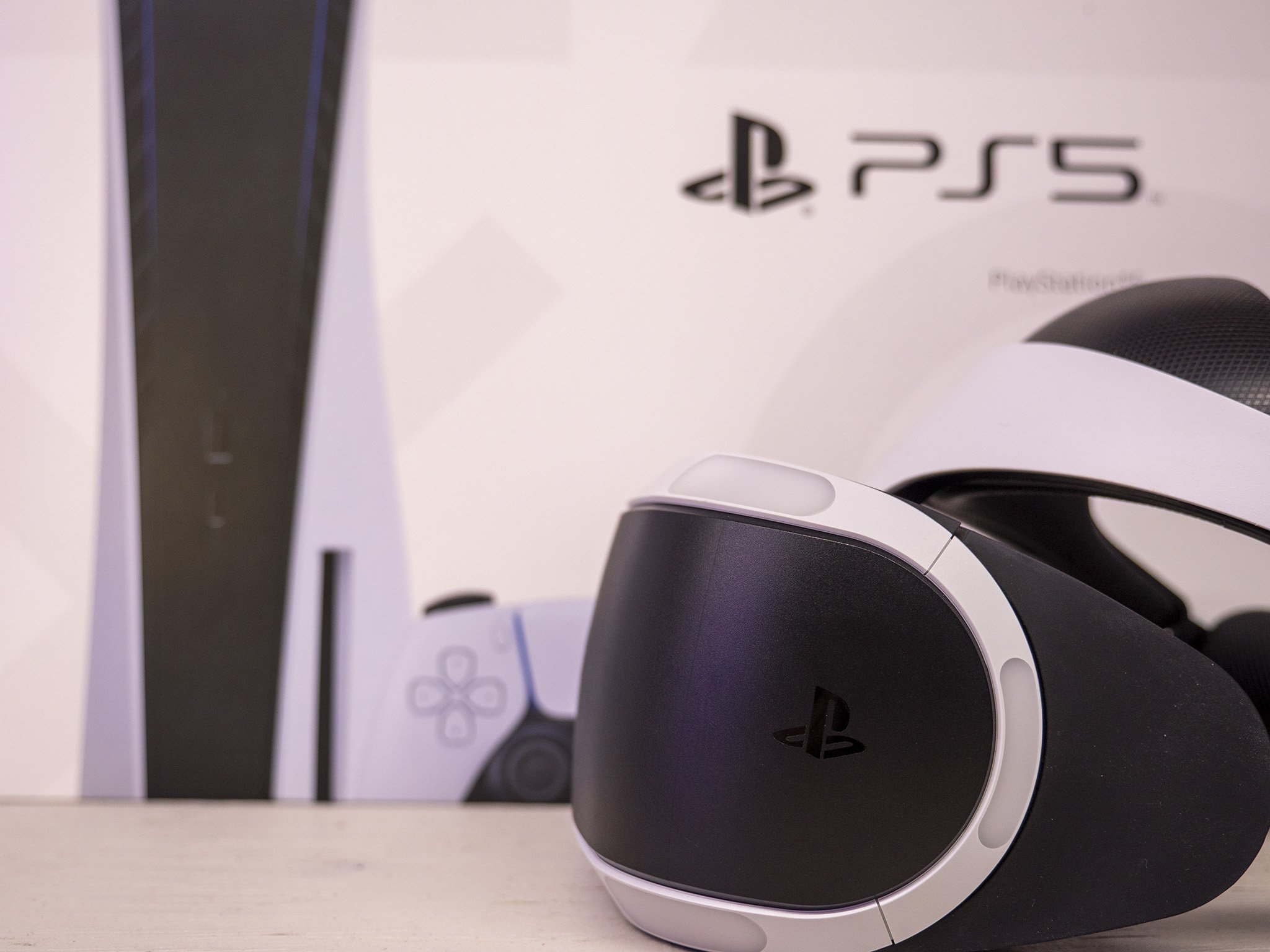
For many, Sony's PS5 VR (PS VR2) announcement at CES was a complete surprise. CES isn't typically a gaming-focused trade show but, funny enough, Sony's biggest — and most interesting — announcement was the next-generation VR headset they've been teasing for an entire year now.
Throughout 2021, Sony unveiled new controllers, told us the PS VR2 will still be wired, and finally detailed the most important specs at CES 2022. In total, it shows a company willing to commit to only the finest premium VR experience you can get anywhere, and that's exactly what will set the PS VR2 apart from headsets like the Oculus Quest 2 and whatever an Apple VR headset might look like.
Ascending to the throne
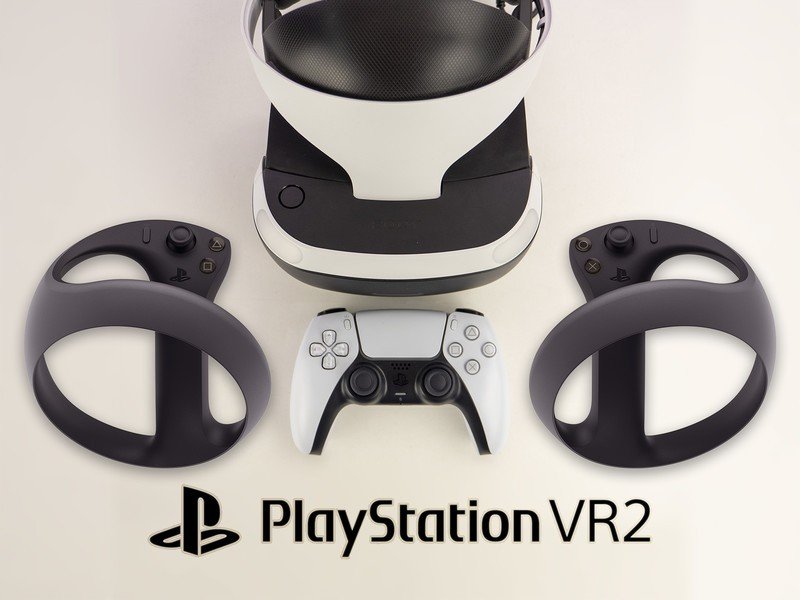
One thing abundantly clear from the get-go: Sony focuses on providing a premium VR experience that doesn't compromise on graphics or interaction. It isn't worried about using a mobile processor to power a freestanding experience. Sony is completely focused on the living room and delivering the best sensory experience possible.
The PS VR2 will use the best display in any mainstream headset when it launches, the most advanced controllers in many ways, haptic motors that redefine interaction in virtual reality, and the powerhouse PS5 to drive the experience.
Companies like Valve and HTC have been quiet on a truly next-generation headset, and with that kind of uncertainty, customers in this premium segment will be easy to court.
The current bastion for players concerned with the highest-quality visual experience is the PC, and those numbers have fallen slowly over the past few months as more players move toward using the Quest 2 as their main headset. But just because people moved over to the Quest 2 for the sake of ease doesn't mean they're willing to let the visual side of things take a back seat forever.
Companies like Valve and HTC have been quiet on a truly next-generation headset, and with that kind of uncertainty, customers in this premium segment will be easy to court.
The Quest 2 might be the best way to VR right now, but Sony's strategy could easily change that up.
Be an expert in 5 minutes
Get the latest news from Android Central, your trusted companion in the world of Android
Anshel Sag, a senior analyst at Moor Insights & Strategy, told Android Central that he believes PC VR and PS VR markets could line up nicely.
"I think that console and PC will actually be more aligned in terms of features and performance than mobile since you still have power and thermal constraints on mobile that you simply don't have on console or PC," he says.

There's little doubt that Meta will have the upper hand in the mobile space for some time to come — unless Apple really does make a proper Quest competitor — so why not come at it from a completely different angle?
In the short term, Sony doesn't care about what Apple and Meta are doing, or Valve and HTC, for that matter. Instead, it cares about the PlayStation brand and how it can create its own unique experience. So focusing on the folks who care about the most premium VR experience is an excellent way to bring new players to its platform instead of trying to steal Meta's thunder.
It's a different experience altogether, and that's where Sony is going to win.
The Quest 3 will have PS3-level visuals at best. Meanwhile, the PS VR2 is running on a PS5.
Sony's use of eye-tracking and foveated rendering — that's the concept of only rendering the center of a user's vision in the highest resolution, thereby saving processing power — proves that it's aiming to create a visual feast with every VR title it releases.
In the most ideal conditions, a Quest 3 could hope to achieve PS3-level visuals with a next-generation mobile processor. Meanwhile, the PS VR2 could achieve much closer to PS4 Pro or even early PS5-level visuals, thanks to foveated rendering and other AI-based techniques available on powerful hardware inside the PS5.
Remember that VR games will always have slightly lower in-game asset fidelity when compared to games on a TV, simply because the headset has to show different images for each eye. Having something much closer to PS5-level visuals will ensure that Sony's VR games turn heads for years.
What about wireless?
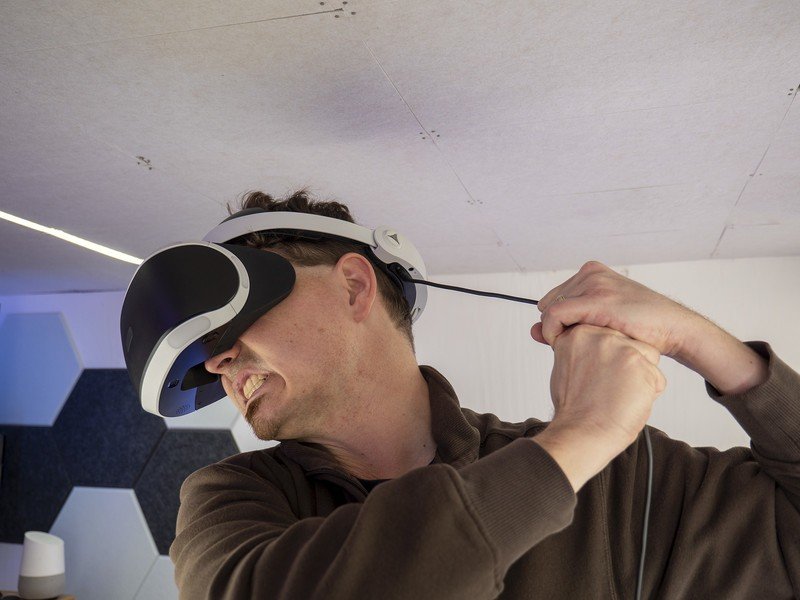
If anything has been made abundantly clear since Sony's CES 2022 PS VR2 announcement, it's that people hate cables. Sony worked hard to get the PS VR2 down to a single USB Type-C cable — significantly simplifying the connection from the previous generation — but that's not good enough for some people.
If anything has been made abundantly clear since Sony's CES 2022 PS VR2 announcement, it's that people hate cables.
As a person who plays on the Quest 2 nearly every day, I completely understand. Wireless VR is absolutely ideal, and no soul would tell you otherwise. But wireless VR comes with restrictions and compromise, neither of which Sony seems willing to do.
The Quest 2 makes it easy to think that a wireless PS VR2 headset could be possible, but, in reality, true mainstream wireless solutions aren't a reality for most folks.
Sure, an HTC Vive Wireless Adapter-like solution could be done, but there's a reason that's a $300 add-on for the Vive. It would add expense to the equation, and Sony is likely trying to keep costs as low as possible to encourage adoption among PS5 owners.
What about Wi-Fi 6? As we've seen with the Quest 2, the best Wi-Fi 6 routers will absolutely give you a stellar wireless VR experience, but Sag points out that the better Wi-Fi 6E's "6 GHz isn't approved for Wi-Fi use in enough countries yet."
Worse yet, he clarifies that "as of December, only 15 countries have approved it for use and not all of them have adopted the full 1200 MHz."
That means Sony would either have to sell an expensive PS VR2 or, worse yet, only be able to sell it in counties where the Wi-Fi 6E spectrum is properly approved.
That means Sony would either have to sell an expensive PS VR2 or, worse yet, only be able to sell it in counties where the Wi-Fi 6 spectrum is properly approved.
That's a huge problem that Sony would have to face.
"The decision to stick with USB Type-C cables shows integrity in not putting out a subpar product just for the sake of doing so," says president of Rumble Gaming, Evan Kubes.
Using a single USB Type-C cable means that Sony can offer a simple setup for the headset that doesn't limit playtime as a battery-powered headset would. It also means that Sony could make a much smaller headset than if they fit a battery, processing unit, and other chipsets inside the headset.
In fact, this exact strategy was recently employed by AR glasses, which usually requires users to plug a USB Type-C cable into their phones to drive the experience.
Oddly enough — and quite contrary to tethered AR glasses — Sony doesn't look to be including speakers or headphones on the PS VR2's headset.
But, this, too, most certainly has a reason. Sag says that it's likely "based on a cost calculation and the assumption that 99% of users have some form of headphones already." A safe bet considering that the 3.5mm jack on the PS VR2 ensures it'll work with basically any pair of headphones lying around the house.
Sony is betting big on users actually using quality headphones, though, especially given how much work they've put into making spatial 3D audio work on the PS5. Not only that, but not having speakers or quick-click headphones on the headset makes it more difficult to share with others in the room.
A question of content
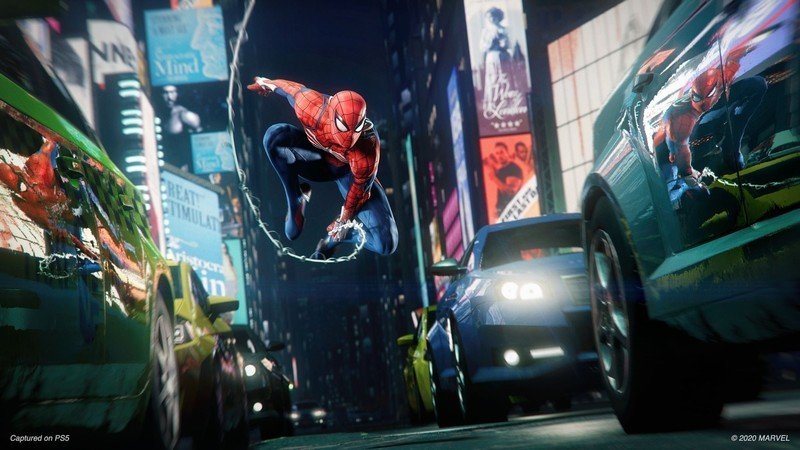
Over the past few years, both Meta and Sony have built an army of developers to make exclusive content for their respective systems. Meta has been busy acquiring proven VR developers like Downpour Interactive, Sanzaru Games, and BigBox VR.
This strategy feels lukewarm, at best, and if it weren't for the superb spec upgrade we're seeing, I might call Sony's entire strategy into question.
Meanwhile, PlayStation Studios has grown by leaps and bounds, as well, bringing in several new developers in 2021 alone. The first major PS VR2 title was also announced at CES 2022 — that's Horizon Call of the Mountain — which is being co-developed by Guerilla Games and Firesprite, a VR-centric studio Sony recently acquired in September 2021.
But Horizon Call of the Mountain seems to go against the grain of Sony's new VR strategy, which, as described by Sony executives, will consist of "hybrid AAA" games. In a nutshell, this means big-name PS5 games will also have a VR component rather than Sony investing money into creating VR-only games as a rule of thumb.
This strategy feels lukewarm, at best, and if it weren't for the superb spec upgrade we're seeing, I might call Sony's entire strategy into question. Sag seems to agree.
"I think this is a gamble of sorts, one designed to reconsider the VR strategy in a way that looks at VR as a step rather than a leap," he says.
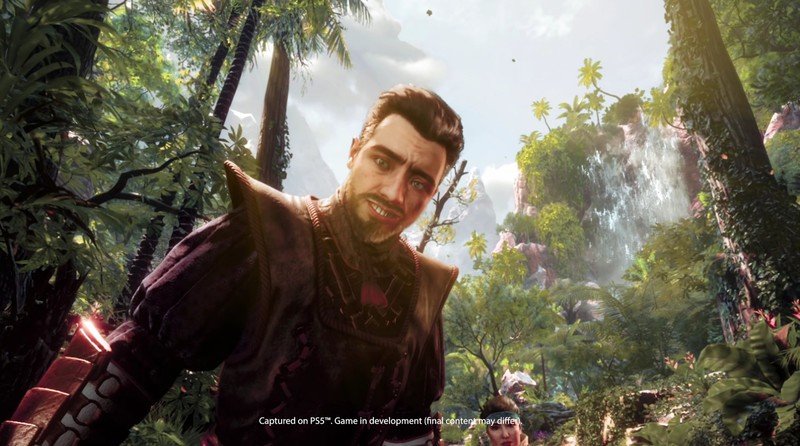
Meanwhile, Meta is all-in on the VR experience, having developers completely remake games like Resident Evil 4 VR.
Adding VR capabilities onto existing games has given us experiences like Hitman 3 and Resident Evil VII; both games are truly excellent but only scratch the surface of what a game made for VR could be.
Meanwhile, Meta is all-in on the VR experience, having developers completely remake games like Resident Evil 4 VR, which turned out to be one of the best remakes of all time because it feels entirely purpose-built for VR.
In all likelihood, a hybrid AAA experience might look more like Horizon Call of the Mountain than we initially expected. After all, it is being co-developed by two developers; one who made the original title and one VR-centric developer who is making a more bespoke VR experience using that IP and game's assets.
I, personally, can't wait to see what Sony cooks up with this unique strategy, and it certainly has Kubes excited, as well. He says he imagined games heading in this direction when he was a kid.
"Sony implementing a VR mode for some of the greatest games ever created such as God of War and Uncharted might just be the best idea of all time," he says.
I couldn't agree more.
Privacy and the metaverse

If you were worried about more metaverse talk, don't be. Sony isn't interested in the metaverse from what we can tell (and neither is Apple), but Sony's eye-tracking tech in the PS VR2 certainly makes us wonder about social spaces on the headset.
Eye-tracking is one of the holy grails that's missing from current forms of social interaction in VR.
Eye-tracking is one of the holy grails missing from current forms of social interaction in VR. Sure, some headsets support the tech, but they're few and far between, and none of them are at a consumer-acceptable price. VR avatars in apps like VRChat are incredible and, often, the best ones are used by players who employ full-body tracking technology on SteamVR headsets.
But none of them properly track eyes, and without eye contact, any social interaction will always feel somewhat hollow.
Sony hasn't announced anything in the way of social spaces, but we can certainly hope that apps like VRChat are brought to the PS5 where their full potential can be reached.
If eye-tracking freaks you out a bit — especially if you're worried about privacy — I can't offer much in the way of assurance. Sony certainly doesn't have the privacy problems that plague Meta and the Facebook empire, but the company also doesn't have a squeaky clean track record, as Sag points out.
"Let's not forget, PlayStation did get hacked, and many users' personal information was compromised during that time," he says. "So I believe the company may be a little worried or careful when it comes to talking about security and privacy."
It's not likely that Sony would play up the privacy angle considering the PS VR2 has both eye-tracking IR cameras and four cameras on the headset to track a user's location in the room. Of course, that's for room-scale VR purposes, not something nefarious. But there's no getting around the fact that cameras can be a scary subject for many people.
Still, there's no doubt that Sony developed far more trust over the years than Meta.
"I think Sony will likely just consider letting the market continue to perceive Meta/Facebook as a bigger offender of privacy and personal data than Sony, and welcome users who perceive Sony as a more privacy-friendly environment," Sag says.
There's no doubt there and little doubt that Sony's VR gaming-focused empire has only just begun.


